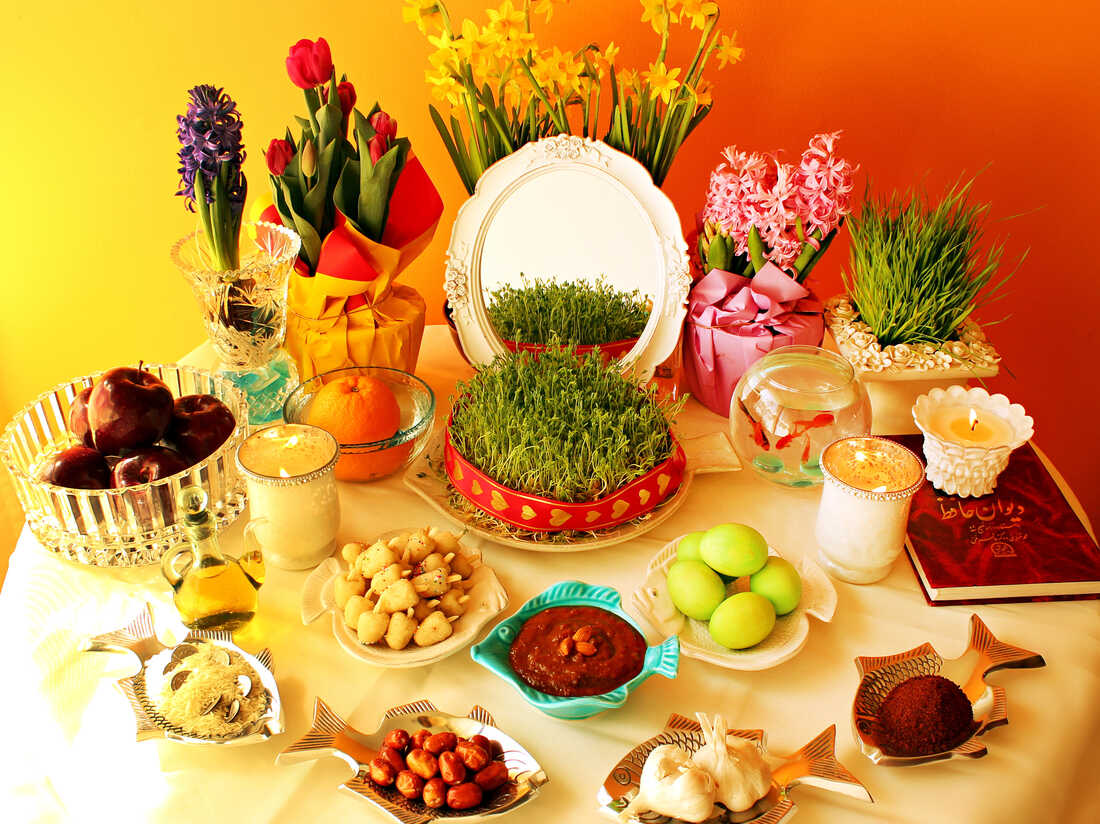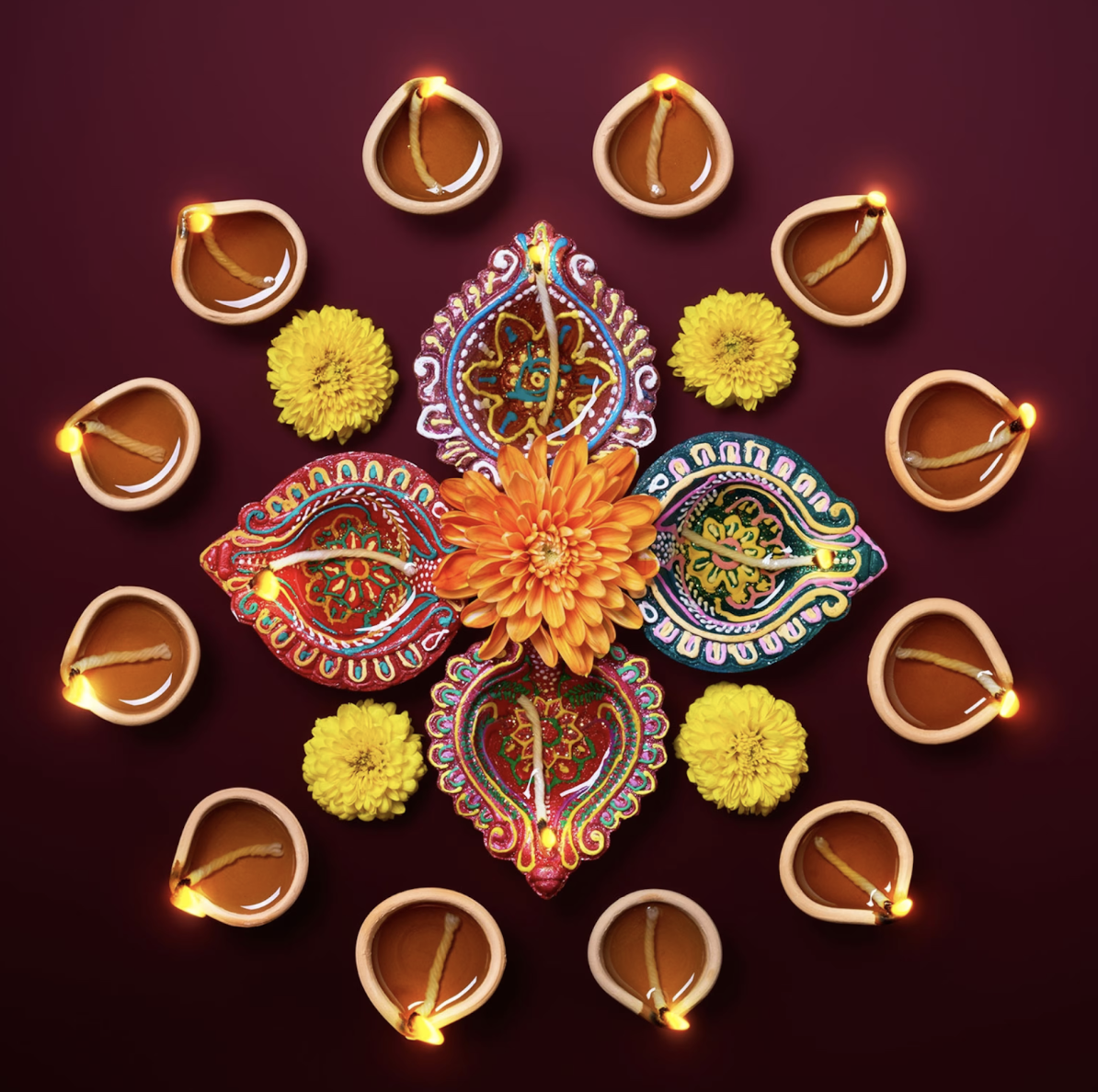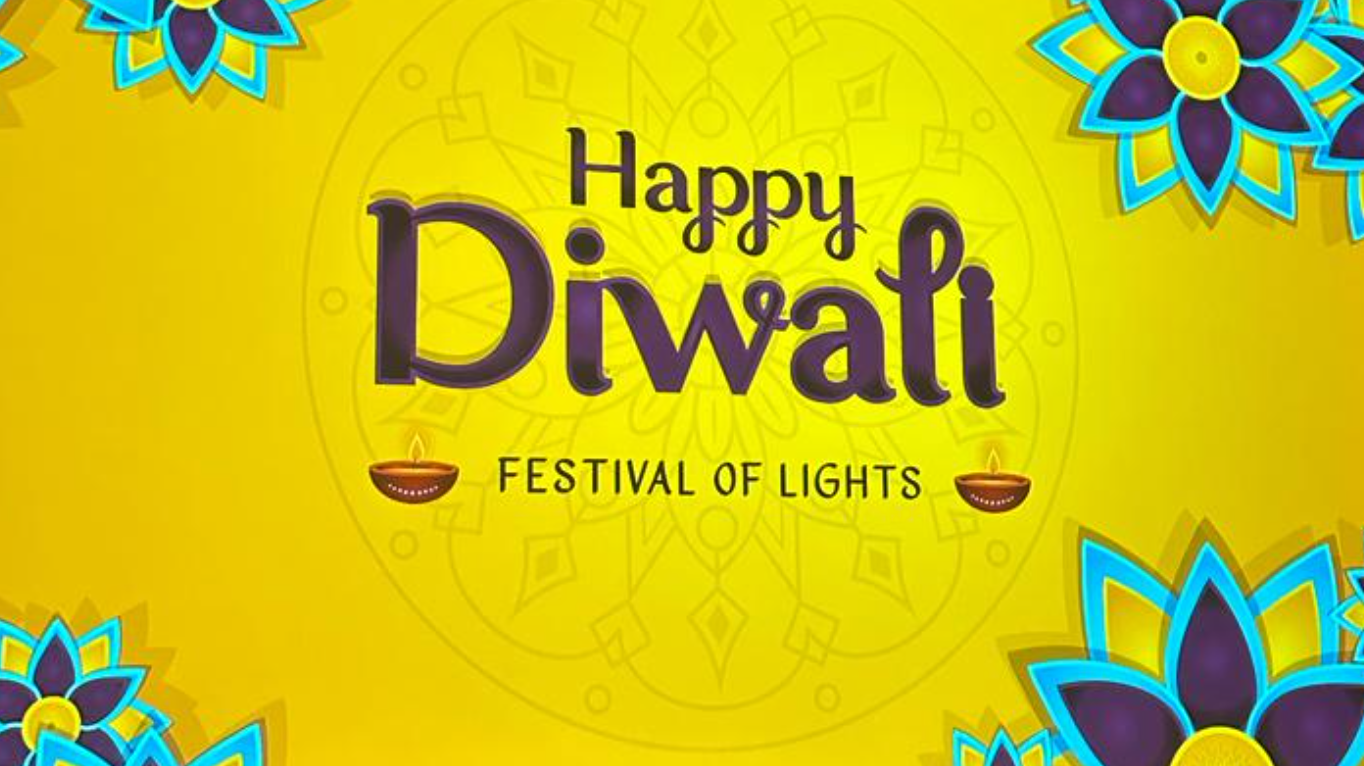By Ryan Ferdows, Year 12
As most of you will have heard at Thursday’s assembly, Wednesday the 20th was Nowruz, Persian New Year! Nowruz is the first day of Spring and the beginning of the year in the Persian calendar. It is celebrated on the Vernal Equinox, the start of the Astronomical Spring, which usually occurs on March 20th or 21st, depending on where you are. It’s a celebration that was started thousands of years ago by Zoroastrians, but today it is celebrated by people all around the world.
The word Nowruz means “New day” in Persian, and represents renewal, rebirth, and the rejuvenation of nature after winter time. It is a time for cleansing, renewal, and rebirth, not just physically but also spiritually and emotionally. Already for weeks in advance, people start preparing for Nowruz by cleaning their homes, a tradition called “Khouneh tekouni” (shaking the house), to let go of the previous year’s troubles and dust, in order to make room for the optimism and freshness of the new year.
One of the most iconic symbols of Nowruz is the Haft-Seen, which is a special table arrangement for the celebration. On the Haft-Seen, there are seven items that all start with the letter ‘S’ (in the Persian alphabet), all with different symbolisms. These items are Sabzeh (wheat, or lentil sprouts growing in a dish, symbolising rebirth), Samanu (a sweet pudding made from wheat, symbolising affluence), Senjed (dried oleaster fruit, symbolising love), Sir (garlic, symbolising health), sib (apples, symbolising beauty), Somaq (sumac, symbolising sunrise), and Serkeh (vinegar, symbolising patience). Each of these items carries its own individual meaning for the new year.
Families gather around the Haft-Seen, ready to celebrate the exact moment of the equinox, marking the new year. Nowruz is also a time for visiting family and friends, which is a tradition known as “Did-o-Bazdid,” to strengthen current relationships. As the gifts are given out, the air is filled with the smells of traditional dishes, dancing, and music.
One of the most beloved Nowruz traditions is sharing special meals. Each dish served during Nowruz represents different aspects of this celebration. Sabzi Polo Mahi (herbed rice with fish) being one of the most traditional dishes in this culture, symbolising prosperity, luck, and happiness in the new year. Another symbolic dish is Kookoo Sabzi, (a herb frittata) that represents rebirth and the beauty in spring.
Apart from these family traditions, public celebrations are also an important part of Nowruz. To celebrate the rebirth of nature, people host outdoor picnics, parades, and festivals. There are dances performed, poetry readings, and traditional music, all of which offer exciting highlights of this celebration, which embodies the diversity and creativity of Nowruz.
Nowruz is a holiday that crosses national and cultural barriers, as well as it being a monument to the persistence of ancient traditions in modern day. It was officially recognized as an international holiday by the UN in 2010, and encourages harmony, peace, forgiveness and goodwill, boosting relationships and cultural diversity among many people in different communities. Nowruz embodies a universal message of hope and renewal that resonates with people all around the globe, regardless of their cultural background.



